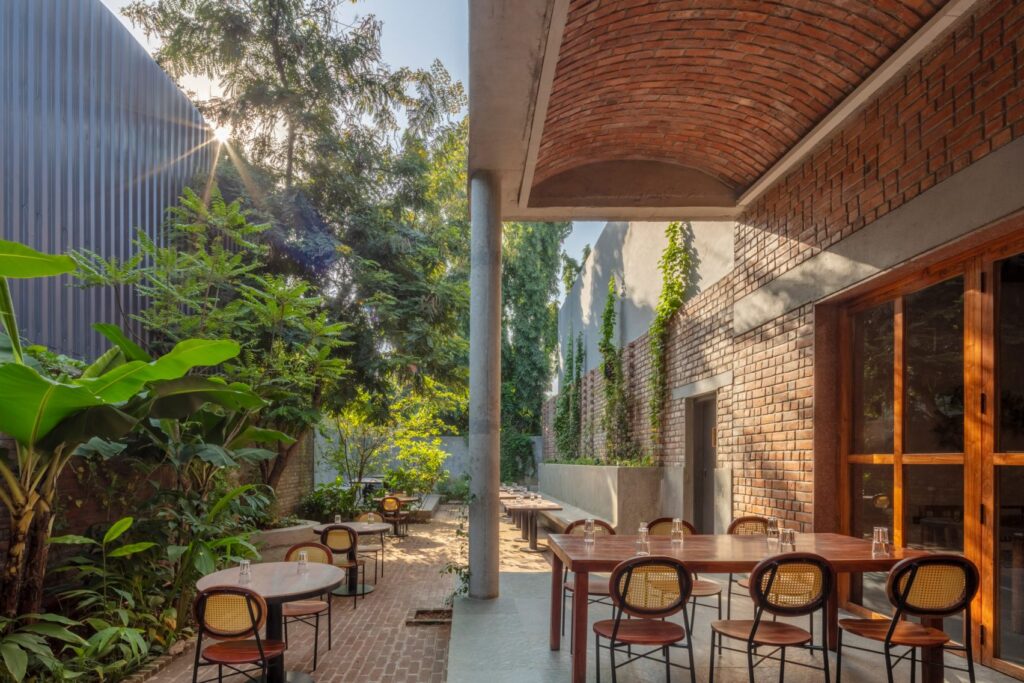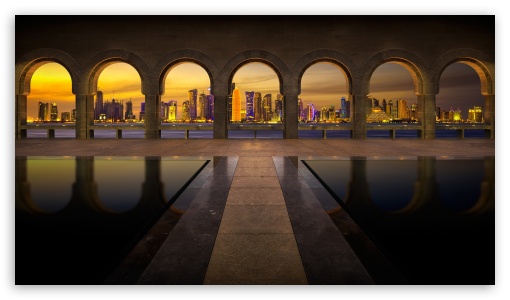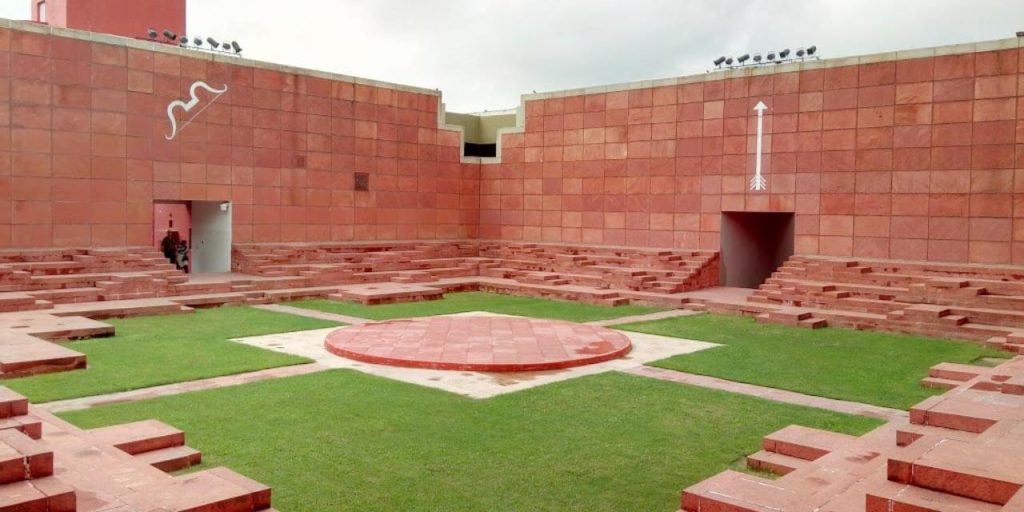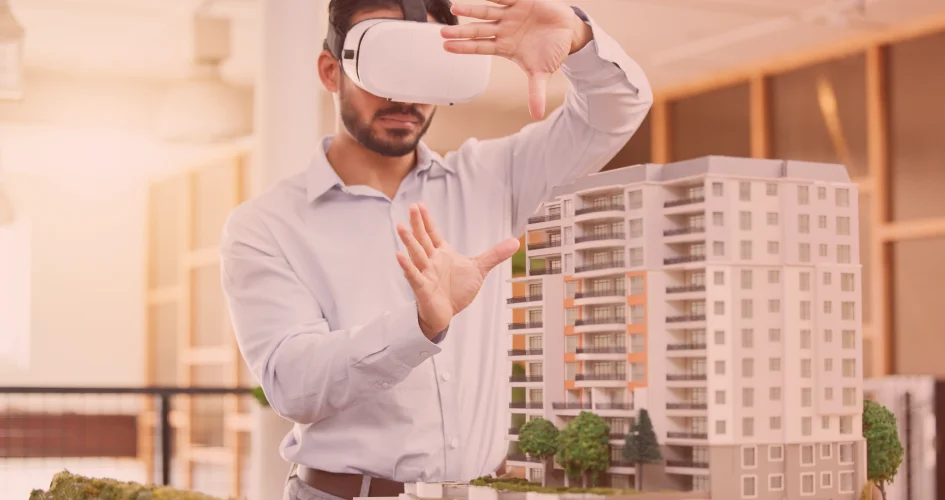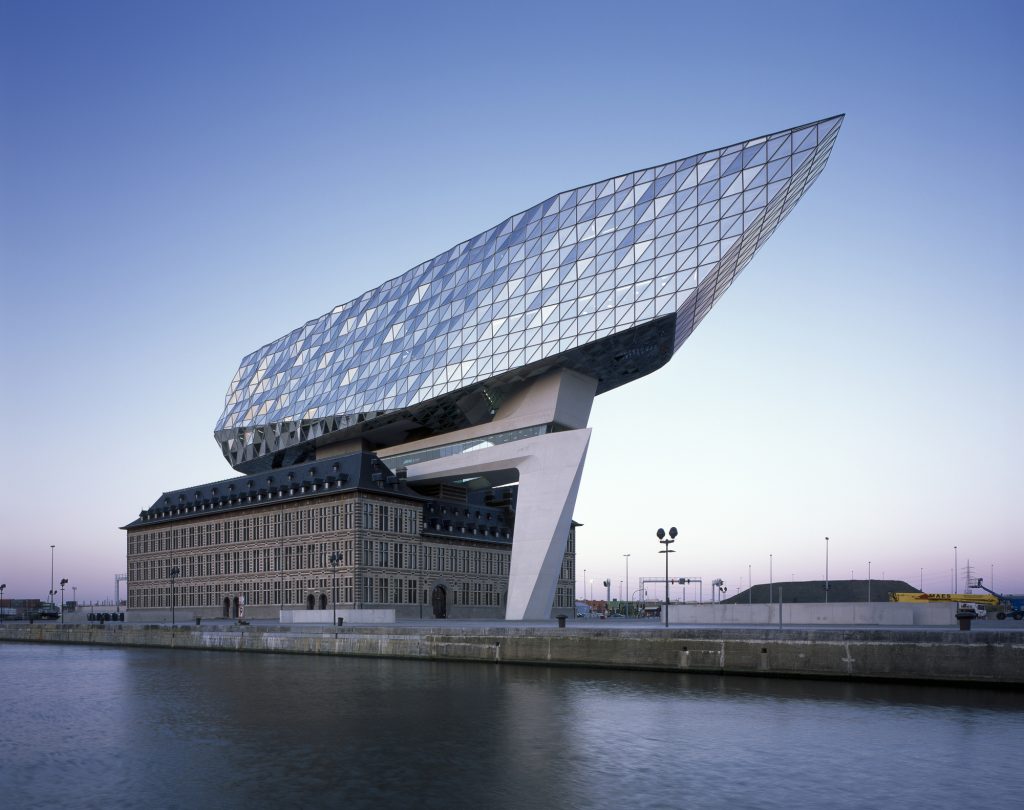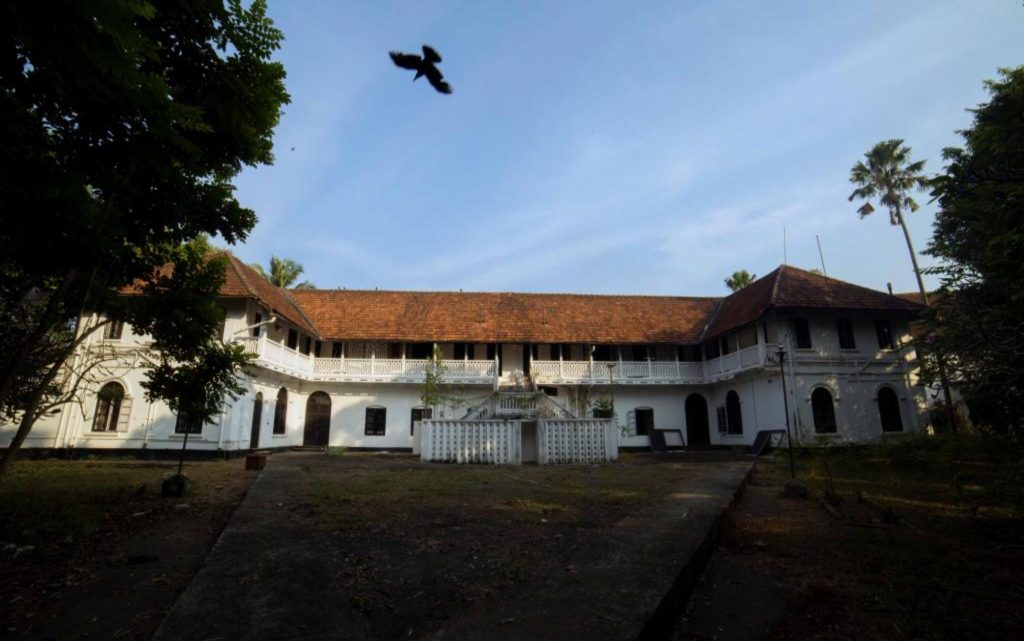HW Studio’s Shi House: A Serene Fusion of Nature and Architecture in Morelia, Mexico
In a picturesque sloping valley nestled in Morelia, Mexico, a stunning architectural masterpiece emerges, seamlessly blending with its natural surroundings. Designed by the acclaimed Mexican architecture office HW Studio, the “Shi House” is a harmonious fusion of modern design principles and the tranquillity of nature. A Tribute to Nature Named “Shi House,” this 440-square-meter project […]
HW Studio’s Shi House: A Serene Fusion of Nature and Architecture in Morelia, Mexico Read More »


